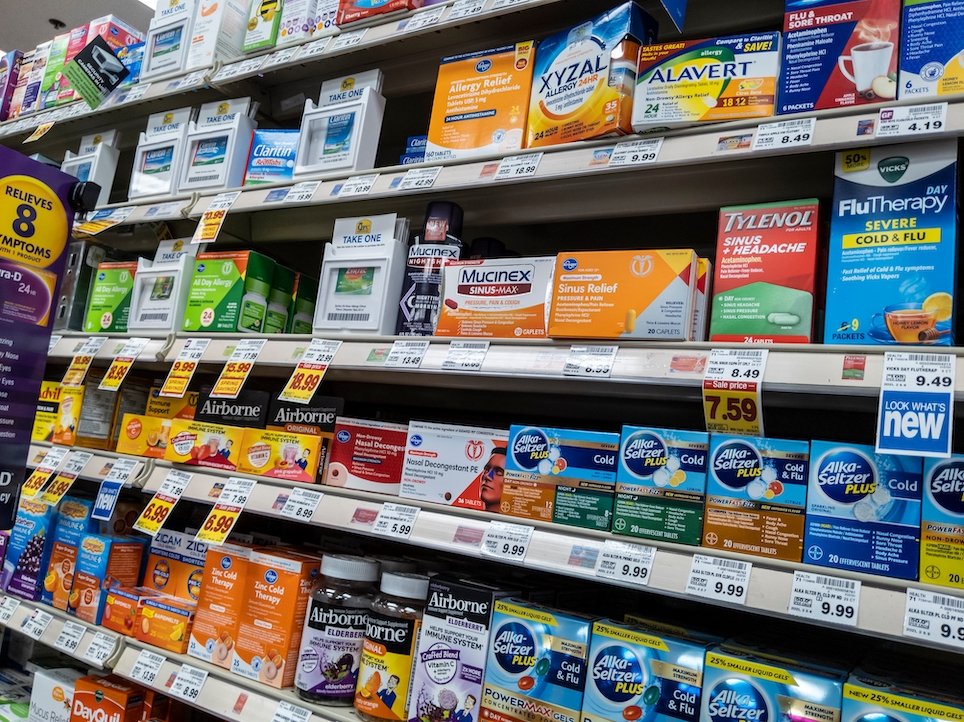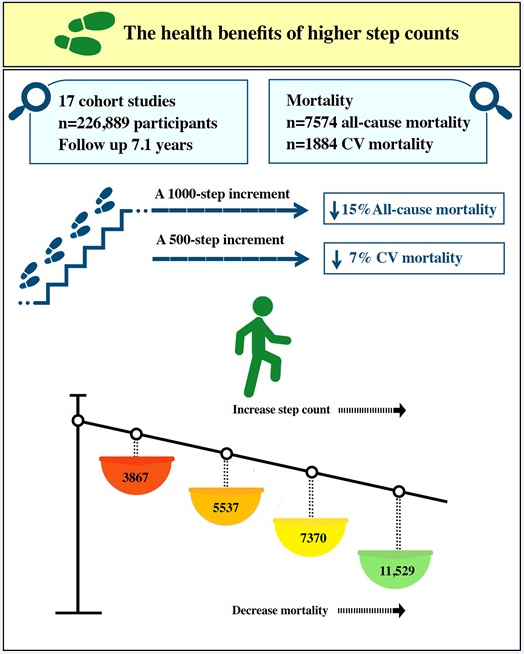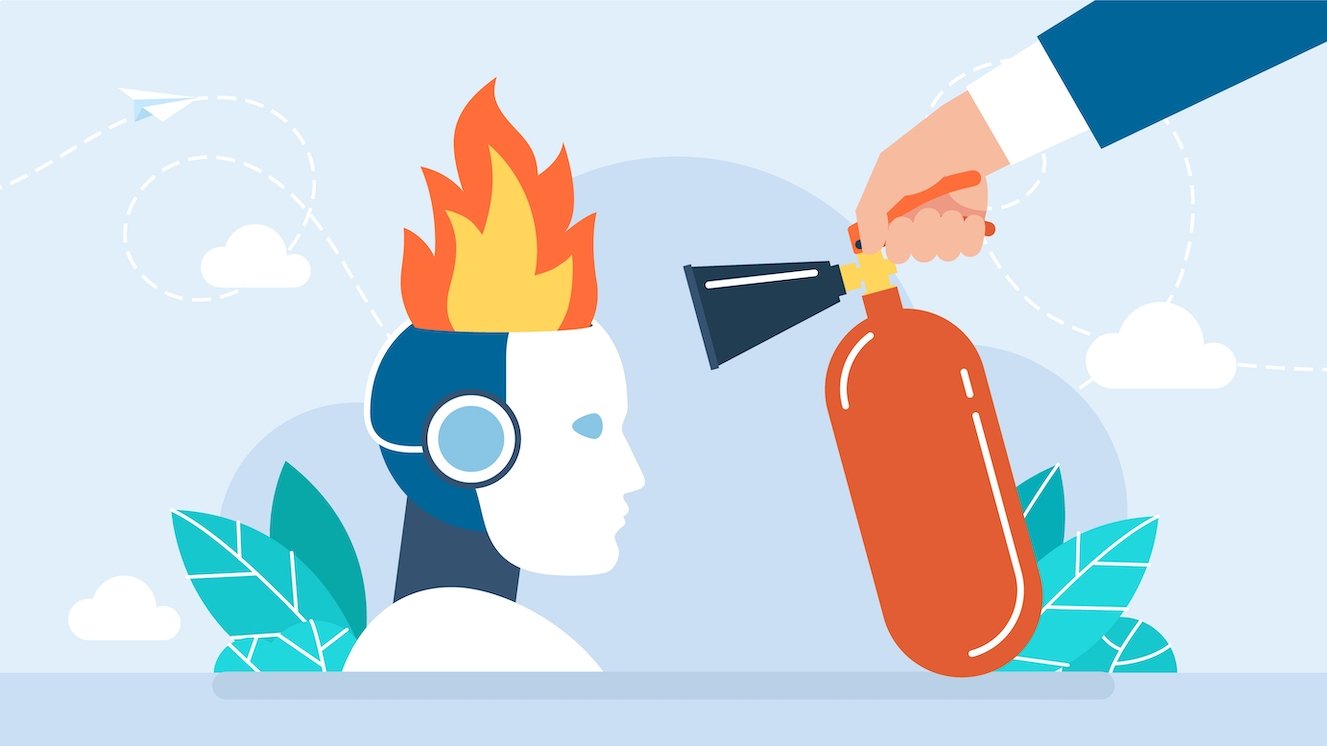EPA approved fuel ingredient with sky-high lifetime cancer risk, document reveals
Chevron component approved even though it could cause cancer in virtually every person exposed over a lifetime
The Environmental Protection Agency approved a component of boat fuel made from discarded plastic that the agency’s own risk formula determined was so hazardous, everyone exposed to the substance continually over a lifetime would be expected to develop cancer.
Current and former EPA scientists said that threat level is unheard of. It is a million times higher than what the agency usually considers acceptable for new chemicals and six times worse than the risk of lung cancer from a lifetime of smoking.
Federal law requires the EPA to conduct safety reviews before allowing new chemical products on to the market. If the agency finds that a substance causes unreasonable risk to health or the environment, the EPA is not allowed to approve it without first finding ways to reduce that risk.
But the agency did not do that in this case. Instead, the EPA decided its scientists were overstating the risks and gave Chevron the go-ahead to make the new boat fuel ingredient at its refinery in Pascagoula, Mississippi. Though the substance can poison air and contaminate water, EPA officials mandated no remedies other than requiring workers to wear gloves, records show.
ProPublica and the Guardian in February reported on the risks of other new plastic-based Chevron fuels that were also approved under an EPA program that the agency had touted as a “climate-friendly” way to boost alternatives to petroleum-based fuels. That story was based on an EPA consent order, a legally binding document the agency issues to address risks to health or the environment. In the Chevron consent order, the highest noted risk came from a jet fuel that was expected to create air pollution so toxic that one out of four people exposed to it over a lifetime could get cancer.
In February, ProPublica and the Guardian asked the EPA for its scientists’ risk assessment, which underpinned the consent order. The agency declined to provide it, so ProPublica requested it under the Freedom of Information Act. The 203-page risk assessment revealed that, for the boat fuel ingredient, there was a far higher risk that was not in the consent order. EPA scientists included figures that made it possible for ProPublica to calculate the lifetime cancer risk from breathing air pollution that comes from a boat engine burning the fuel. That calculation, which was confirmed by the EPA, came out to 1.3 in 1, meaning every person exposed to it over the course of a full lifetime would be expected to get cancer.
Such risks are exceedingly unusual, according to Maria Doa, a scientist who worked at EPA for 30 years and once directed the division that managed the risks posed by chemicals. The EPA division that approves new chemicals usually limits lifetime cancer risk from an air pollutant to one additional case of cancer in a million people. That means that if a million people are continuously exposed over a presumed lifetime of 70 years, there would likely be at least one case of cancer on top of those from other risks people already face.
When Doa first saw the one-in-four cancer risk for the jet fuel, she thought it must have been a typo. The even higher cancer risk for the boat fuel component left her struggling for words. “I had never seen a one-in-four risk before this, let alone a 1.3-in-1,” said Doa. “This is ridiculously high.”
Another serious cancer risk associated with the boat fuel ingredient that was documented in the risk assessment was also missing from the consent order. For every 100 people who ate fish raised in water contaminated with that same product over a lifetime, seven would be expected to develop cancer – a risk that’s 70,000 times what the agency usually considers acceptable.
When asked why it didn’t include those sky-high risks in the consent order, the EPA acknowledged having made a mistake. This information “was inadvertently not included in the consent order”, an agency spokesperson said in an email.
Nevertheless, in response to questions, the agency wrote, “EPA considered the full range of values described in the risk assessment to develop its risk management approach for these” fuels. The statement said that the cancer risk estimates were “extremely unlikely and reported with high uncertainty.” Because it used conservative assumptions when modeling, the EPA said, it had significantly overestimated the cancer risks posed by both the jet fuel and the component of marine fuel. The agency assumed, for instance, that every plane at an airport would be idling on a runway burning an entire tank of fuel, that the cancer-causing components would be present in the exhaust and that residents nearby would breathe that exhaust every day over their lifetime.
In addition, the EPA also said that it determined the risks from the new chemicals were similar to those from fuels that have been made for years, so the agency relied on existing laws rather than calling for additional protections. But the Toxic Substances Control Act requires the EPA to review every new chemical – no matter how similar to existing ones. Most petroleum-based fuels were never assessed under the law because existing chemicals were exempted from review when it passed in 1976. Studies show people living near refineries have elevated cancer rates.
“EPA recognizes that the model it used in its risk assessments was not designed in a way that led to realistic risk estimates for some of the transportation fuel uses,” an agency spokesperson wrote. For weeks, ProPublica asked what a realistic cancer risk estimate for the fuels would be, but the agency did not provide one by the time of publication.
New chemicals are treated differently under federal law than ones that are already being sold. If the agency is unsure of the dangers posed by a new chemical, the law allows the EPA to order tests to clarify the potential health and environmental harms. The agency can also require that companies monitor the air for emissions or reduce the release of pollutants. It can also restrict the use of new products or bar their production altogether. But in this case, the agency didn’t do any of those things.
Six environmental organizations concerned about the risks from the fuels – the Sierra Club, Natural Resources Defense Council, Moms Clean Air Force, Toxic-Free Future, Environmental Defense Fund and Beyond Plastics – are challenging the agency’s characterization of the cancer risks. “EPA’s assertion that the assumptions in the risk assessment are overly conservative is not supported,” the groups wrote in a letter sent Wednesday to EPA administrator Michael Regan. The groups accused the agency of failing to protect people from dangers posed by the fuels and urged the EPA to withdraw the consent order approving them.
Chevron has not started making the new fuels, the agency said.
Separately, the EPA acknowledged that it had mislabeled critical information about the harmful emissions. The consent order said the one-in-four lifetime cancer risk referred to “stack air” – a term for pollution released through a smokestack. The cancer burden from smokestack pollution would fall on residents who live near the refinery. And indeed a community group in Pascagoula sued the EPA, asking the US court of appeals in Washington to invalidate the agency’s approval of the chemicals.
But the agency now says that those numbers in the consent order do not reflect the cancer risk posed by air from refinery smokestacks. When the consent order said stack emissions, the EPA says, it really meant pollution released from the exhaust of the jets and boats powered by these fuels.
“We understand that this may have caused a misunderstanding,” the EPA wrote in its response to ProPublica.
Based on that explanation, the extraordinary cancer burden would fall on people near boats or idling airplanes that use the fuels – not those living near the Chevron refinery in Pascagoula.
Each of the two cancer-causing products is expected to be used at 100 sites, the EPA confirmed. ProPublica asked for the exact locations where the public might encounter them, but Chevron declined to say. The EPA said it didn’t know the locations and didn’t even know whether the marine fuel would be used for a Navy vessel, a cruise ship or a motorboat.
In an email, a Chevron spokesperson referred questions to the EPA and added: “The safety of our employees, contractors and communities are our first priority. We place the highest priority on the health and safety of our workforce and protection of our assets, communities and the environment.”
Doa, the former EPA scientist who worked at the agency for three decades, said she had never known the EPA to misidentify a source of pollution in a consent order. “When I was there, if we said something was stack emissions, we meant that they were stack emissions,” she said.
During multiple email exchanges with ProPublica and the Guardian leading up to the February story, the EPA never said that cancer risks listed as coming from stack emissions were actually from boat and airplane exhaust. The agency did not explain why it initially chose not to tell ProPublica and the Guardian that the EPA had mislabeled the emissions.
The agency faced scrutiny after the February story in ProPublica and the Guardian. In an April letter to Regan, Senator Jeff Merkley, the Oregon Democrat who chairs the Senate’s subcommittee on environmental justice and chemical safety, said he was troubled by the high cancer risks and the fact that the EPA approved the new chemicals using a program meant to address the climate crisis.
EPA assistant administrator Michal Freedhoff told Merkley in a letter earlier this year that the one-in-four cancer risk stemmed from exposure to the exhaust of idling airplanes and the real risk to the residents who live near the Pascagoula refinery was “on the order of one in a hundred thousand,” meaning it would cause one case of cancer in 100,000 people exposed over a lifetime.
Told about the even higher cancer risk from the boat fuel ingredient, Merkley said in an email: “It remains deeply concerning that fossil fuel companies are spinning what is a complicated method of burning plastics, that is actually poisoning communities, as beneficial to the climate. We don’t understand the cancer risks associated with creating or using fuels derived from plastics.”
Merkley said he is “leaving no stone unturned while digging into the full scope of the problem, including looking into EPA’s program”.
He added: “Thanks to the dogged reporting from ProPublica we are getting a better sense of the scale and magnitude of this program that has raised so many concerns.”
The risk assessment makes it clear that cancer is not the only problem. Some of the new fuels pose additional risks to infants, the document said, but the EPA did not quantify the effects or do anything to limit those harms, and the agency would not answer questions about them.
Some of these newly approved toxic chemicals are expected to persist in nature and accumulate in living things, the risk assessment said. That combination is supposed to trigger additional restrictions under EPA policy, including prohibitions on releasing the chemicals into water. Yet the agency lists the risk from eating fish contaminated with several of the compounds, suggesting they are expected to get into water. When asked about this, an EPA spokesperson wrote that the agency’s testing protocols for persistence, bioaccumulation and toxicity are “unsuitable for complex mixtures” and contended that these substances are similar to existing petroleum-based fuels.
The EPA has taken one major step in response to concerns about the plastic-based chemicals. In June, it proposed a rule that would require companies to contact the agency before making any of 18 fuels and related compounds listed in the Chevron consent order. The EPA would then have the option of requiring tests to ensure that the oil used to create the new fuels doesn’t contain unsafe contaminants often found in plastic, including certain flame retardants, heavy metals, dioxins and PFAS. If approved, the rule will require Chevron to undergo such a review before producing the fuels, according to the EPA.
But environmental advocates say that the new information about the plastic-based chemicals has left them convinced that, even without additional contamination, the fuels will pose a grave risk.
“This new information just raises more questions about why they didn’t do this the right way,” said Daniel Rosenberg, director of federal toxics policy at NRDC. “The more that comes out about this, the worse it looks.”










